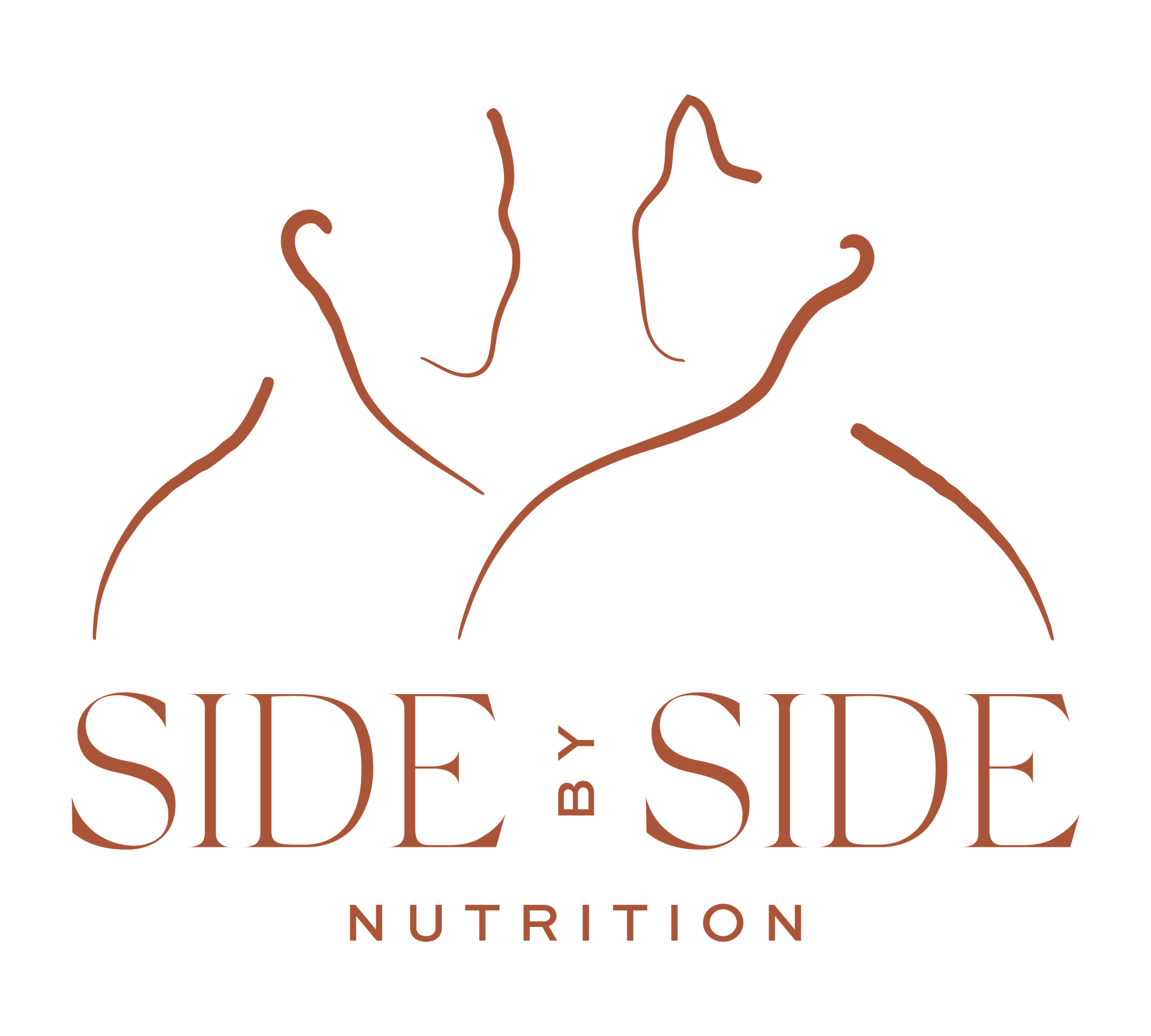What is family based treatment for eating disorders?
Eating disorders are complex conditions that not only affect individuals but also deeply impact their families. As dietitians passionate about eating disorder recovery, we have witnessed firsthand the toll these disorders take on both the person suffering and their loved ones. In the realm of treatment, one approach stands out for its effectiveness and unique focus on the involvement of families and loved ones: Family-Based Treatment (FBT).
What is Family-Based Treatment (FBT)?
FBT, also known as the Maudsley Approach, is an evidence-based approach that recognizes and uses the critical role that families play in supporting their loved ones through recovery. Developed initially for anorexia nervosa, FBT has since expanded to encompass various eating disorders and disordered eating habits, including bulimia nervosa, OSFED, and binge eating disorder.
Understanding FBT's five Core Principles
There are a few foundational pillars needed to implement FBT.
Empowering Parents as Agents of Change:
FBT empowers parents to take an active role in their child's recovery journey. By equipping them with the tools and support necessary, parents become invaluable allies in the fight against the eating disorder.
Externalizing the Illness: FBT reframes the eating disorder as an external force, rather than a characteristic of the person. This allows both the person struggling as well as the family to unite against the disorder, rather than feeling or acting with blame, which negatively affects treatment and recovery. This helps to increase compassion and reduce shame.
Collaborative Approach Among Family Members: FBT acknowledges that recovery is a team effort. It encourages open communication and collaboration among family members to establish a supportive environment conducive to healing and recovery.
Gradual Reintroduction of Independence: As treatment progresses, FBT gradually transitions control back to the patient, allowing them to reclaim autonomy over their eating habits and behaviors. In the beginning, when the eating disorder behaviors are strong, families need to take back control of the eating disorder, to get the client to a physically and mentally healthier place.
Focus on treating the eating disorder vs finding a cause: There is also no blaming of the parents or caregivers.
WHAT ARE THE THREE PHASES OF FAMILY-BASED TREATMENT?
PHASE 1: Parental management and weight restoration.
In phase 1, parents or caregivers are in charge of planning, prepping, and plating all meals and snacks to help their child get adequate nutrition. If weight restoration is needed, this is also an essential goal, as full weight restoration is an important part of recovery.
PHASE 2: Gradual return of control to the adolescent.
As the eating disorder behaviors subside and weight is restored, the adolescent can help to choose or prep some meals or snacks.
PHASE 3: Establishing healthy independence.
This may be where treatment shifts from a family-focused treatment towards helping the adolescent develop an identity and independence while also being free of their eating disorder.
How long does FBT take?
FBT and eating disorder recovery is a marathon, not a sprint. It often takes several months or longer to restore adequate nutrition and weight. It also can take up to a year after that for eating disorder thoughts to decrease or disappear.
Sometimes, more intensive treatment options may be recommended. This does not mean your child or family is failing at FBT or outpatient treatment. Often, the eating disorder is so strong, or there are medical consequences, that a higher level of care would be beneficial before returning to outpatient.
Since treatment can be intensive, it’s so important to engage in self-care as the parent or caregiver. This can mean using family or friends for support, eating disorder support groups for caregivers, or alternating who eats meals/snacks with your child.
Typically, the recommendation is meeting with your dietitian and FBT therapist weekly, but this can be individualized to your family’s situation.
Is FBT right for you and your family?
Although FBT is considered the gold standard, backed by research and studies, for treating eating disorders in adolescents and teens, it does not mean it is a one-size-fits-all approach. Determining whether Family-Based Treatment is the right approach for you is an important step to take and is one that your treatment team can help you with.
At Side By Side Nutrition, our specialized dietitians conduct a thorough assessment to help create and modify the plan of action that is right for each family. We assess various factors including the type and severity of the eating disorder, the family dynamics, and capabilities to provide FBT care. We also consider each person’s preferences and needs, and more.
To get started with FBT, we recommend scheduling a call to learn more with one of our dietitians who can answer any questions. Begin recovery today.
Contact us to learn whether FBT is right for you and your family!


